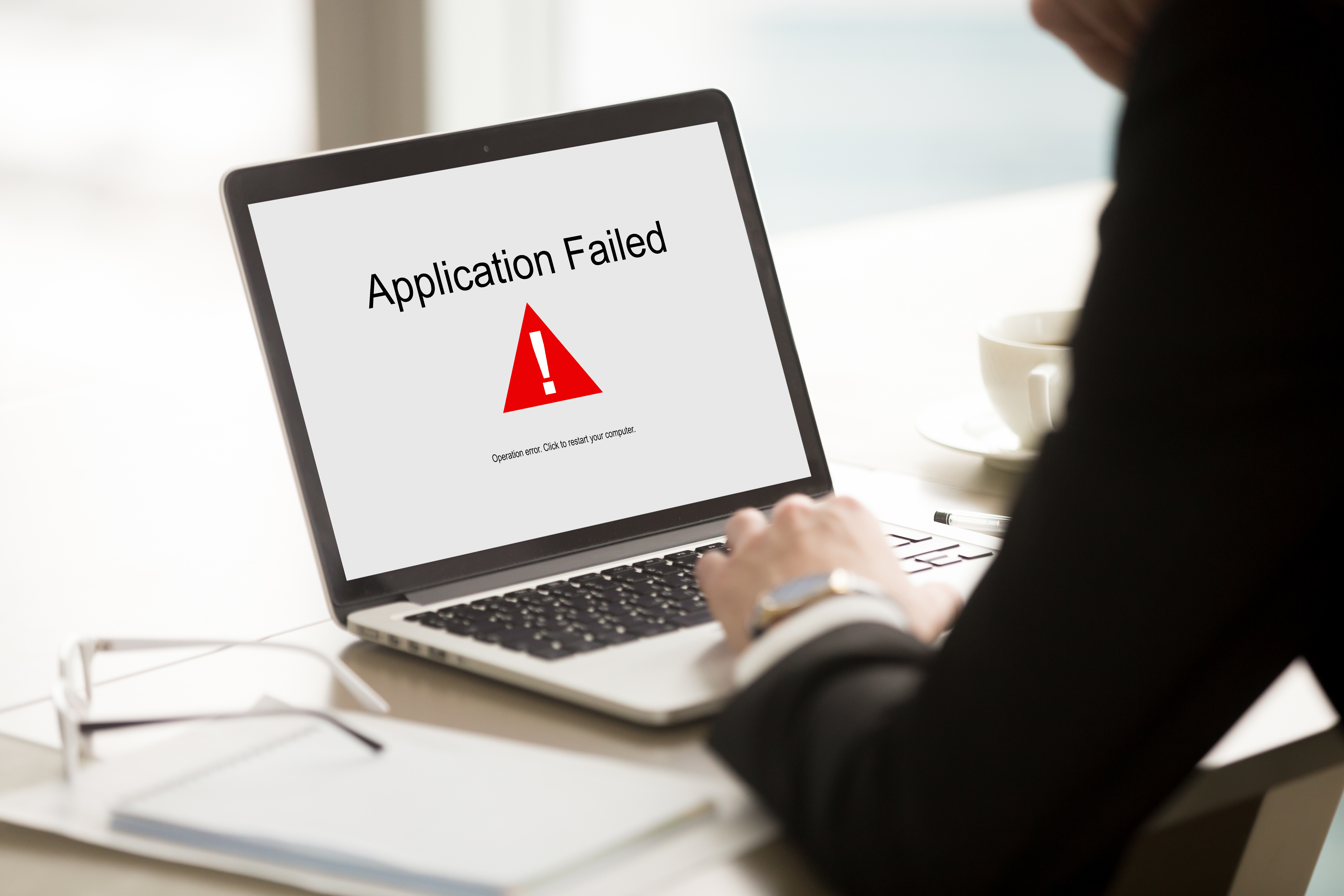Upgrading software always presents risk. Upgrading an operating system from Windows 7 to Windows 10 Pro is no different. The Windows 7 foundation of your computer needs to change, and that means every software application and/or hardware peripheral also needs to be ready for Windows 10 to avoid potentially costly production outages.
The New Technology Norm – Prepare to Embrace it.
With Windows 10, Microsoft introduces a new methodology in operating system updates. Instead of keeping an operating system around for 10 years like Windows 7, (launched to manufacturers on July 22nd, 2009) they will retire versions of Windows 10 Pro after 18 months. While this methodology should cause less disruption during future upgrades, understanding the software applications and hardware devices needed to keep production flowing is imperative. While planning for the Windows 7 to Windows 10 upgrade, take this opportunity to research and plan how you can prepare your organization for similar changes to operating systems, software applications, and hardware peripherals in the future.
“Change is the Only Constant in Life” - Heraclitus (pre-Socratic Greek philosopher circa 500BC)
Checking for Software Compatibility.
There are millions of software applications in production, and the unique combination of software that is specifically used by your organization should be reviewed for compatibility BEFORE an upgrade to Windows 10 Pro. In general, if you are keeping all of your software applications updated regularly – meaning the current version or one version behind the current version – you are most likely in the clear for software compatibility. For those who would like more assurance than ‘most likely in the clear’, the best source to validate and confirm compatibility is the manufacturer of the respective software application. Check the manufacturer’s website or contact their support team to determine the version of their software that is compatible with Windows 10. Focus on critical applications, and a little due diligence up front can mitigate a costly outage post Windows 10 upgrade.
Do Not Forget to Check Hardware Compatibility.
Specialized and/or legacy peripherals and printers are your most likely culprits to have compatibility challenges with Windows 10 upgrades or replacements. If the respective hardware devices are old, and/or not able to have firmware updates, they may have compatibility issues. Some industries have specialized equipment such as: medical and manufacturing, where the hardware may not be old, but the device leverages custom software configurations which present an increased probability of production disruption post Windows 10 upgrade. Similar to checking for software compatibility, there are a few pieces to confirm when checking for hardware device compatibility:
- Physical connections may change (if you are replacing the Windows 7 machine vs. upgrade to Windows 10
- Firmware of the device needs to be a version that is supported by, and compatible with Windows 10
- Software and/or drivers that need to run on Windows 10 Pro to communicate with the hardware device need to be a version that is supported by, and compatible with Windows 10.
Quick Review and Next Steps.
Overall, if you have kept your software applications current, and you have equipment that was purchased in the last 3 to 4 years, you are most likely in a place where the upgrade from Windows 7 to Windows 10 Pro will not be too difficult. For example, if you purchased a new computer after January 1st of 2016, your desktop or laptop should be compatible with Windows 10 – if you plan to upgrade vs. replace machines. Additionally, if the computer you purchased was a business class computer that is designed for expanded hardware compatibility, and longevity in a business environment, you can be confident that your machine is compatible with Windows 10. (if purchased after January 1st of 2016)
Double check with the manufacturer of your mission critical software applications and hardware peripherals for compatibility with Windows 10 so you can build a plan to complete your successful migration from Windows 7 to Windows 10 Pro.
Lastly, contact us if you would like help working through your Windows 10 upgrades, or consider attending one of our next Lifecycle & Asset Management workshops. Every attendee walks away from the workshop with a Lifecycle & Asset Management Plan that can be used for your Windows 7 to Windows 10 Pro migration and future asset management budgeting.


